The most expensive cockroach excrement, Apollo 11 moon dust goes up for auction
Moon dust devoured by three cockroaches is being auctioned off now,which is being offered by RR Auction, a New Hampshire-based firm that specializes in space memorabilia.
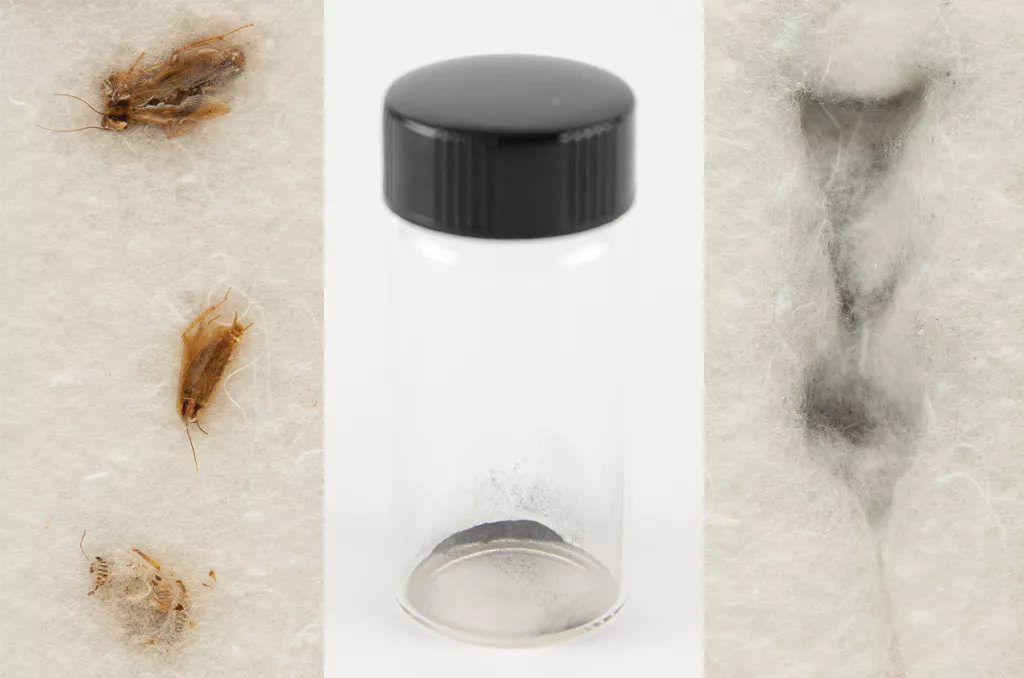
Cockroach carcasses and the Apollo 11 moon dust extracted from their stomachs
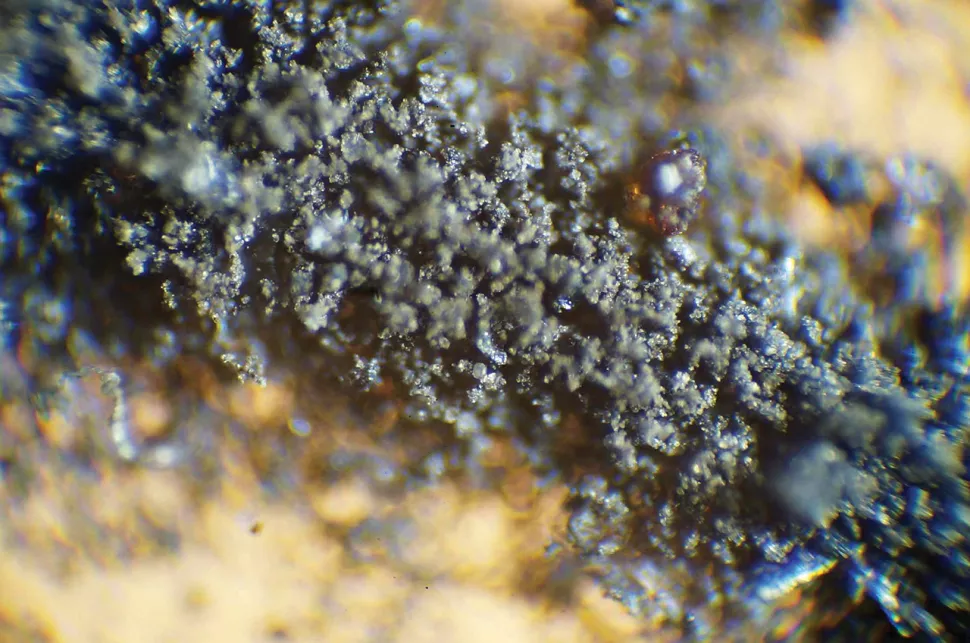
Magnified view of cockroach chyme containing the moon dust
The cockroach-consumed moon dust is among the highlights of RR’s “Remarkable Rarities”auction, which opened for bids on May 26 and runs through June 23.
But why was the moon dust,which was brought back to earth in 1969 by the Apollo 11 astronauts, devoured by cockroaches and being auctioned off now?
“We had to prove that we weren’t going to contaminate not only human beings, but we weren’t going to contaminate fish and birds and animals and plants,” Charles Berry, who was in charge of medical operations during Apollo, said in a 1999 oral history. “Any of the Earth’s biosphere, we had to prove we weren’t going to affect it. So we had to develop an amazing program that was carried off really for three flights’ worth.”
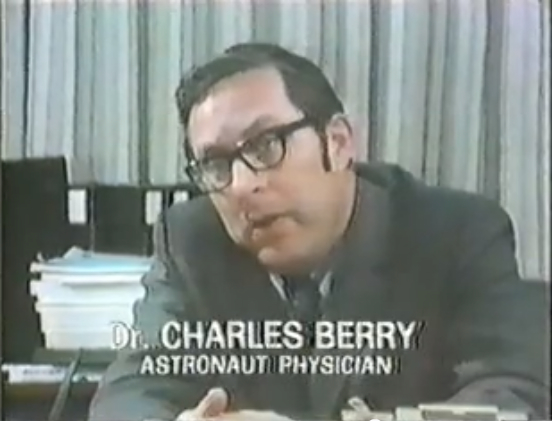
Charles Berry,the flight surgeon of NASA, who helped send 42 individuals into space in over 30 missions — including Apollo 11
So inside the Lunar Receiving Laboratory, a special facility that NASA built to isolate the moon material from the outside world, a menagerie of invertebrate creatures — from fish to mice to, yes, cockroaches — were exposed to moon rocks and dust to see how they would react.
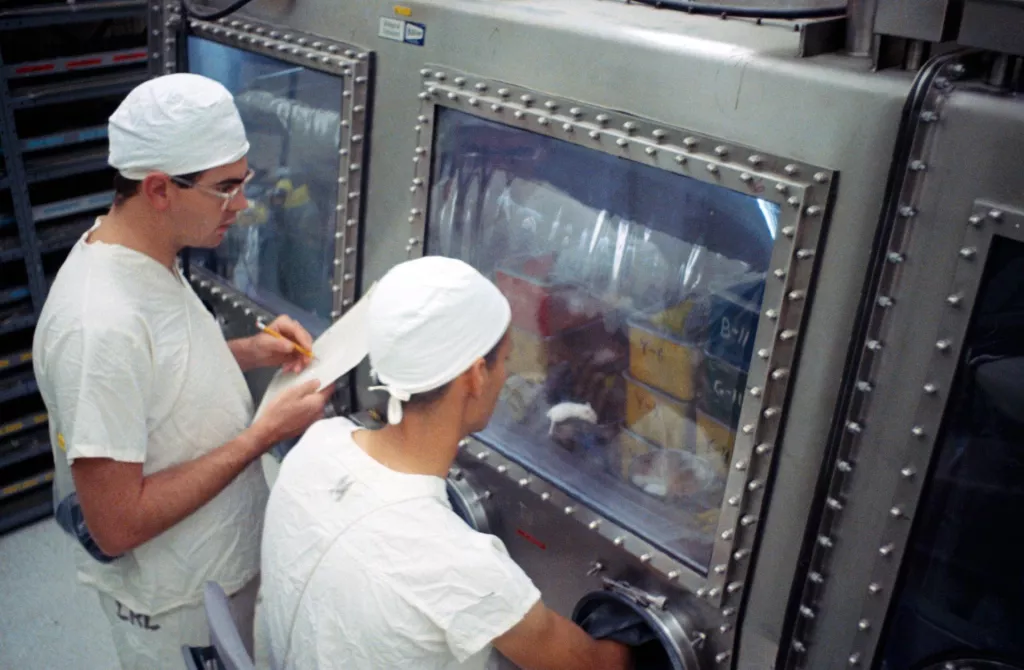
ab technicians study mice that were injected with lunar material collected during Apollo 11 in a photo taken in August 1969
Fortunately, no animals have died from exposure to the lunar material, but NASA still wants to get a more complete understanding of any adverse effects the extraterrestrial material may have caused.
Then researchers around the world receive moon rocks and pristine moon dust for study from NASA. Brooks is one of the researchers. And until Brooks’ death, she left and kept intact three experimental cockroaches and the moon dust from their stomachs.
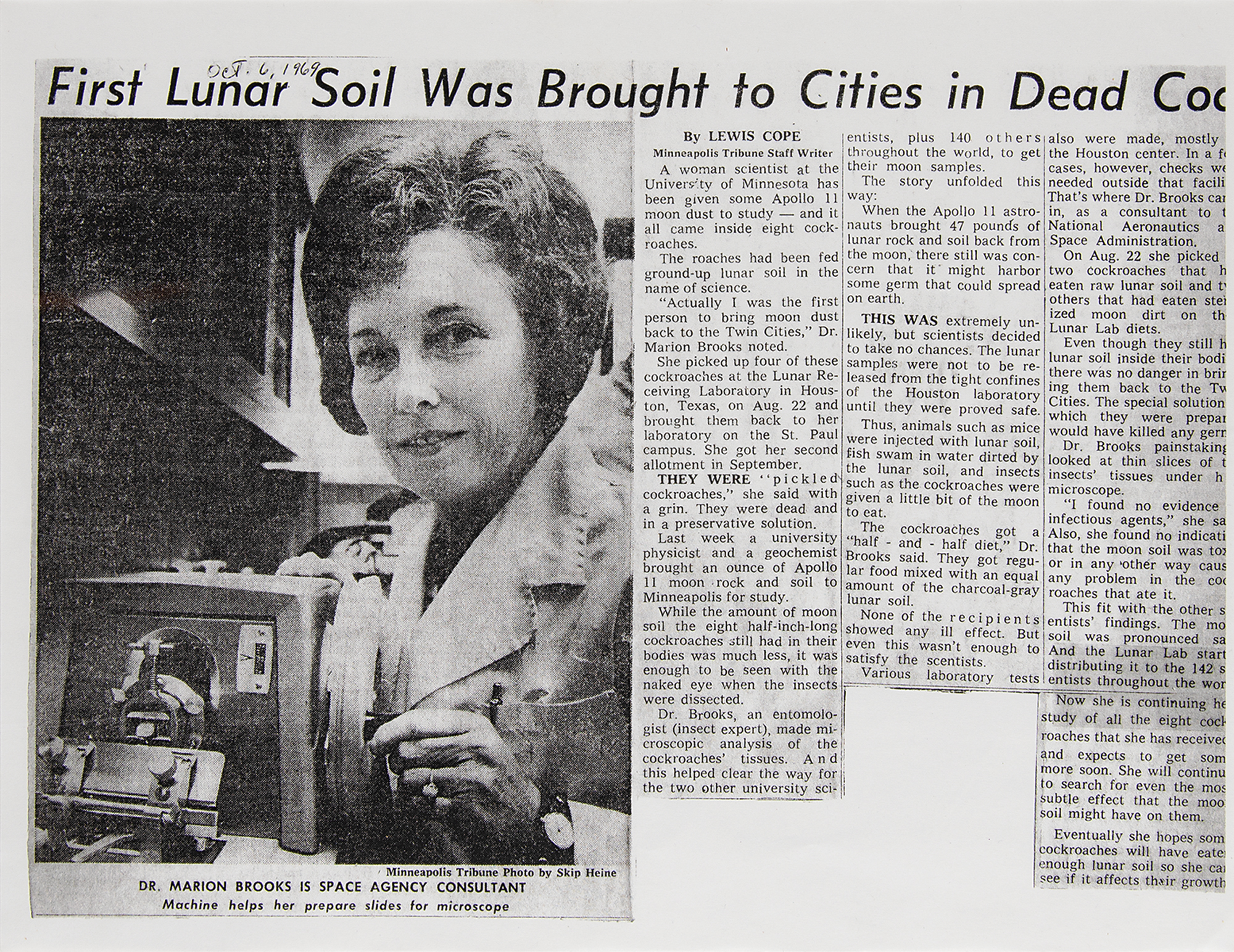
Brooks with her study about moon dust
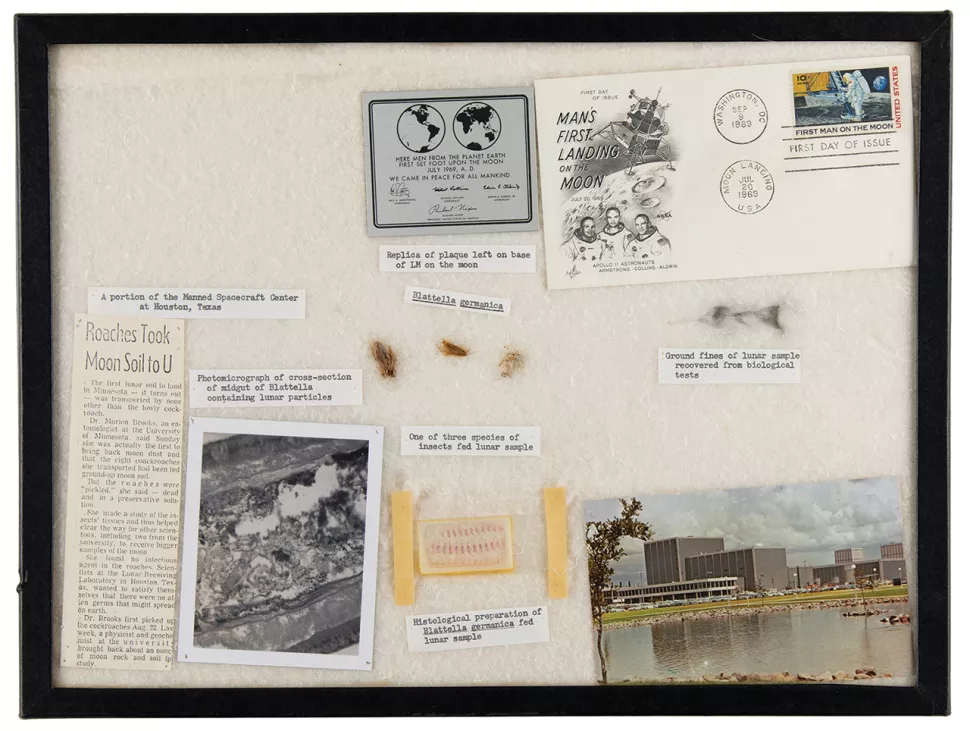
Entomologist Marion Brooks’ specimen-mount display of her Apollo 11 lunar mementos, including three preserved cockroaches and a sample of the Apollo 11 moon dust removed from within them
After Brooks died in 2007 ,her collection has been traded several times. And now it is being auctioned by the RR Auction.
Bidding opened on May 26 morning at $10,000.And it was estimated that the dust price could reach at least $400,000.
The reason is it is well known that NASA keeps famously close guard over lunar material returned by the Apollo missions, making it virtually impossible to obtain. So, there may be some space fanatics will offer high prices for it.
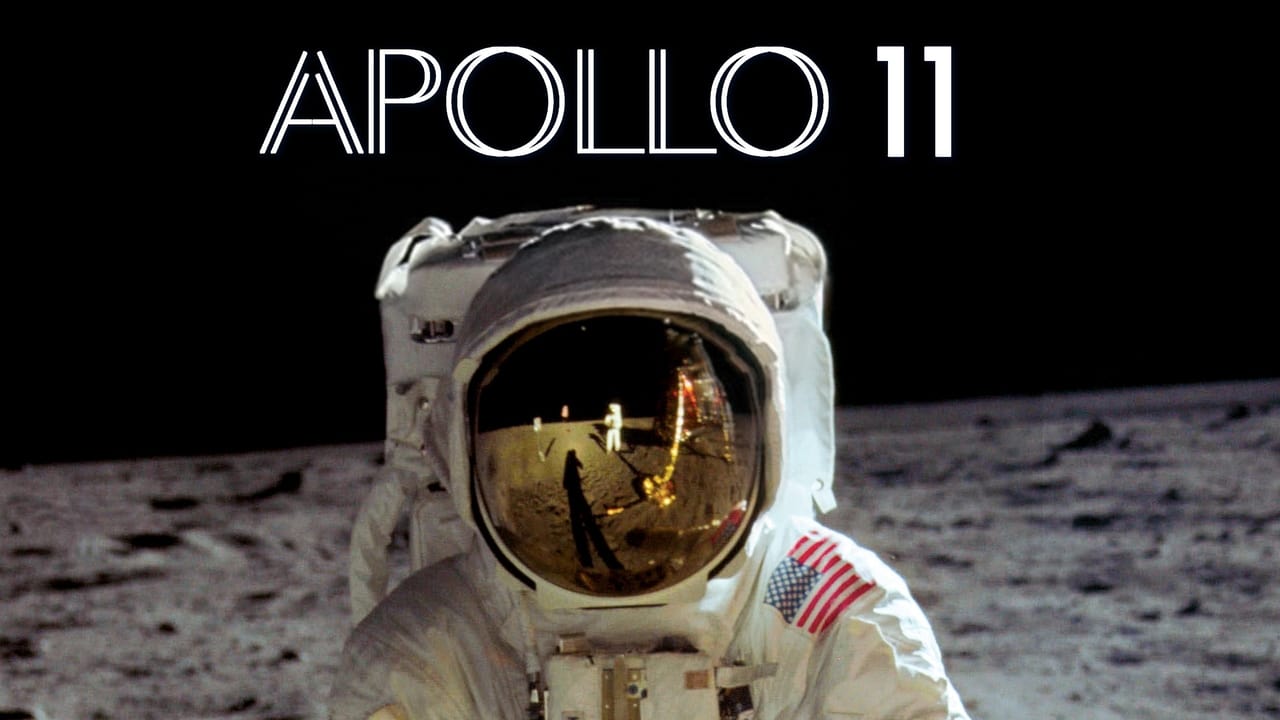
Apollo 11
At last how much would you pay to get the moon dust? Let’s guess its final price together.
Reference:
[1]RR Auction

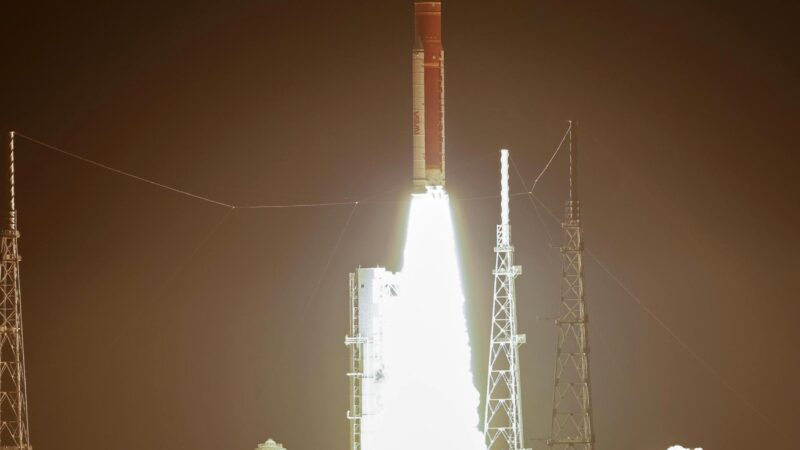
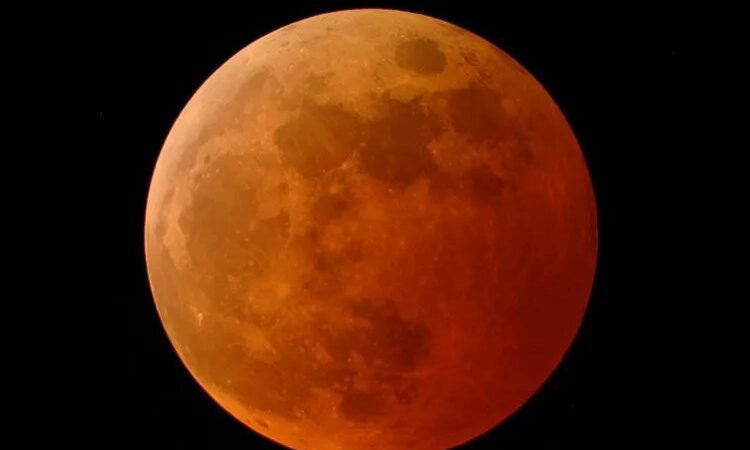


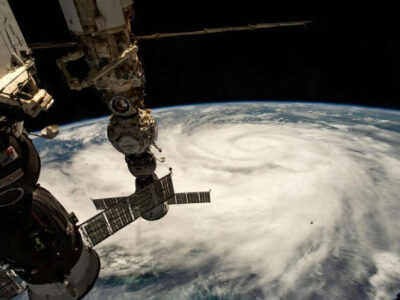

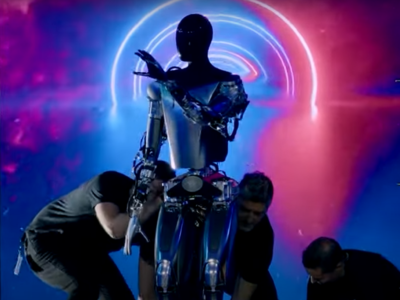



i guess $500000